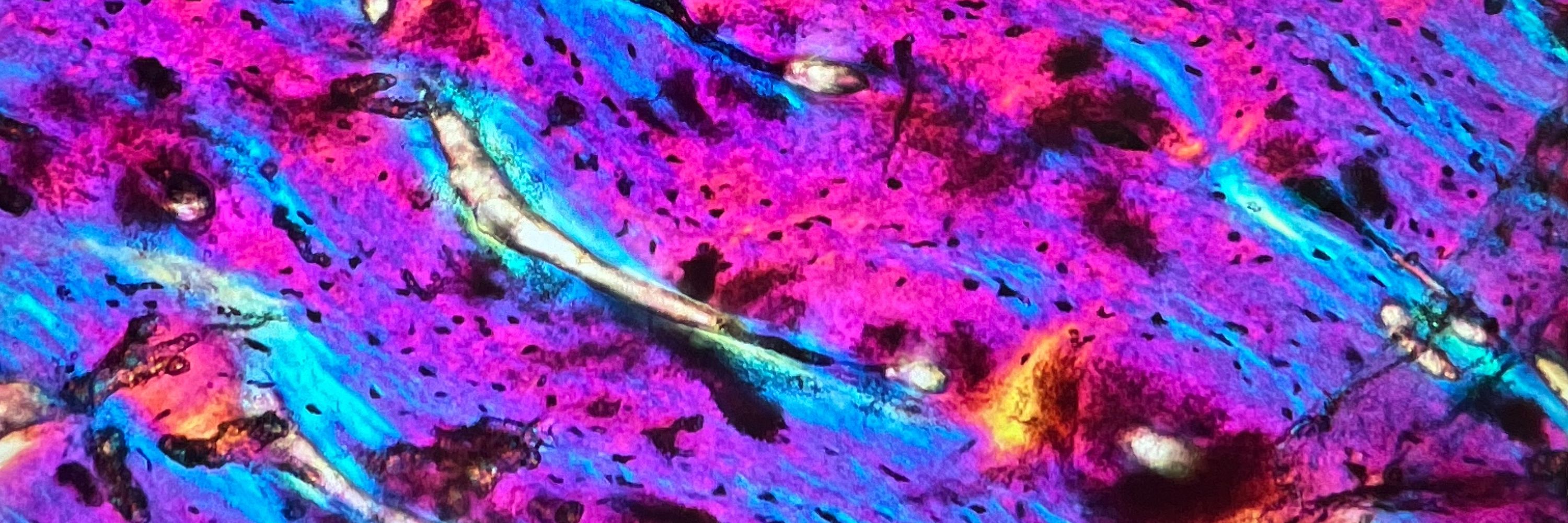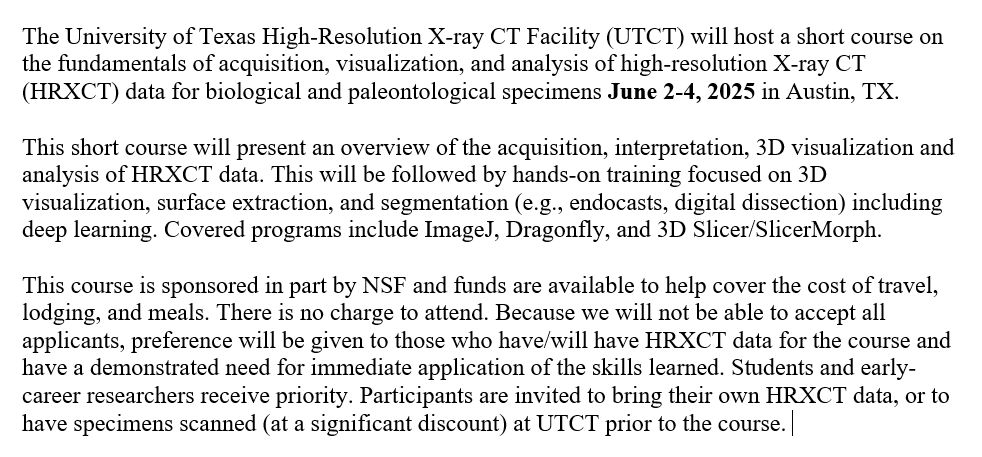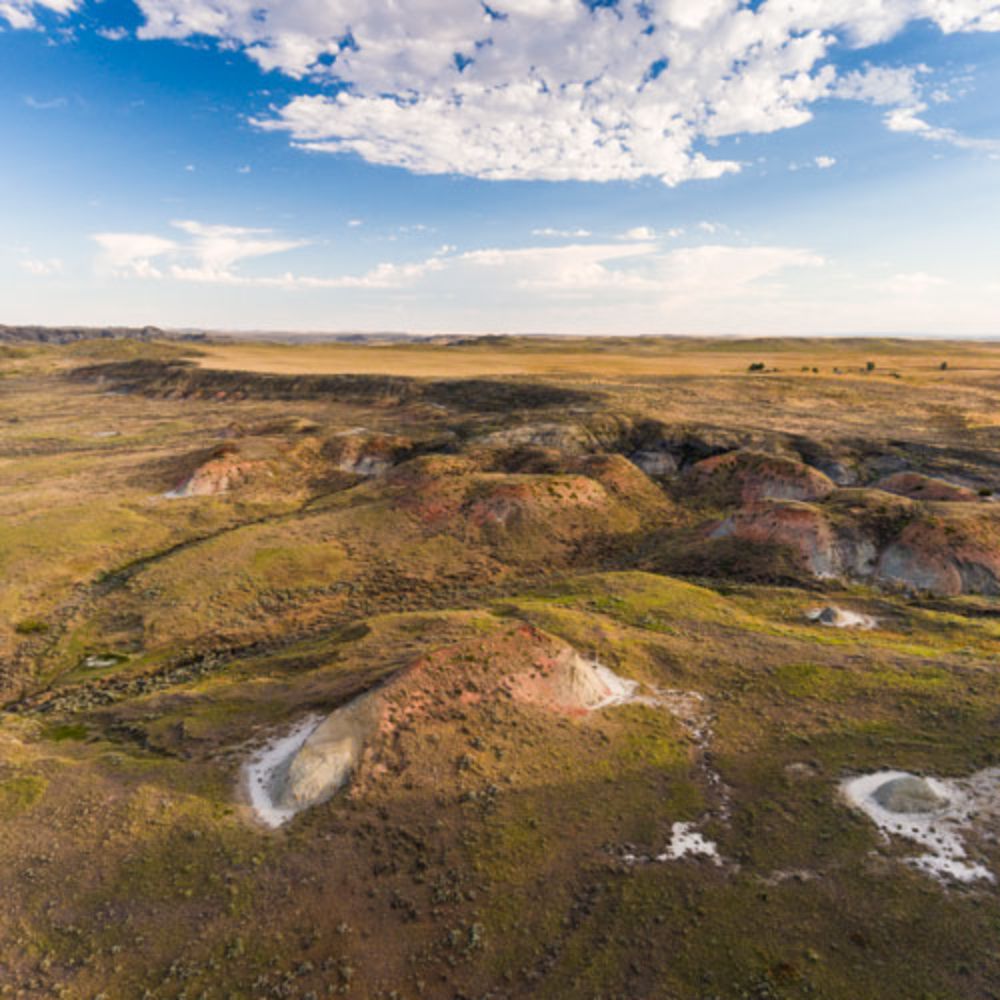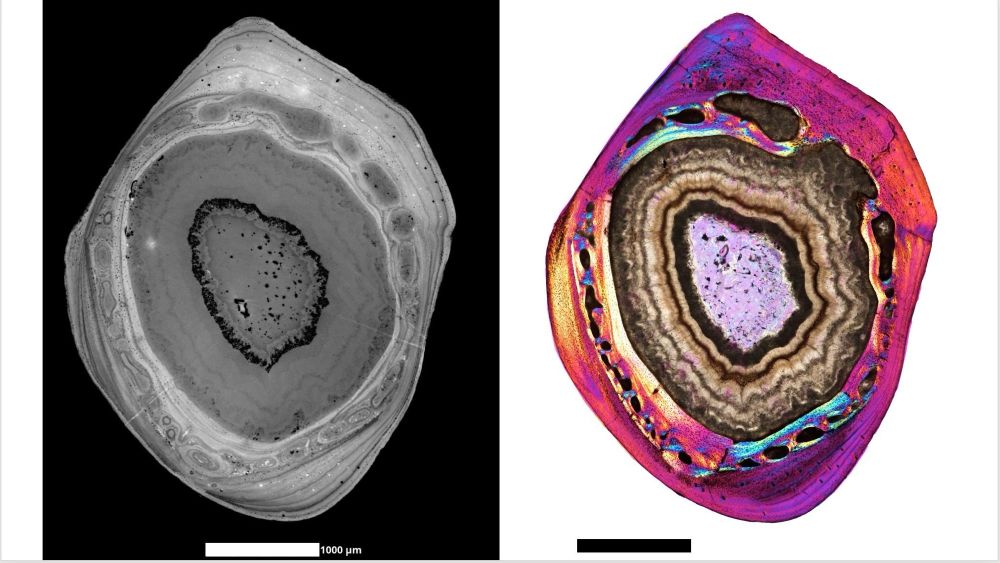
I study the evolution of mammalian biology from extinct stem mammal fossils
🦴🩻🪚🔬👀


🧪⚒️
Terrestrial gigantism evolved through divergent pathways, with dinosaurs favoring cortical reinforcement while mammals adopted flexible trabecular expansion strategies
www.sciencedirect.com/science/arti...

🧪⚒️
Terrestrial gigantism evolved through divergent pathways, with dinosaurs favoring cortical reinforcement while mammals adopted flexible trabecular expansion strategies
www.sciencedirect.com/science/arti...
Breugnathair (“Bree-ack na-haird”) elgolensis is the oldest and most complete squamate from the Middle Jurassic of Scotland. Its Gaelic name means ‘false snake of Elgol’, referencing the snake-like teeth and jaws but lizard-like body and limb proportions.
Breugnathair (“Bree-ack na-haird”) elgolensis is the oldest and most complete squamate from the Middle Jurassic of Scotland. Its Gaelic name means ‘false snake of Elgol’, referencing the snake-like teeth and jaws but lizard-like body and limb proportions.


A few weeks ago we opened the first exhibit I helped design based on my work on bone histology and taphonomy of a #dicynodont bonebed from Tanzania!
If you are passing by the #FieldMuseum, go check out the #GraingerScienceHub
Huge thanks to @markwitton.bsky.social for 🎨🖼️




A few weeks ago we opened the first exhibit I helped design based on my work on bone histology and taphonomy of a #dicynodont bonebed from Tanzania!
If you are passing by the #FieldMuseum, go check out the #GraingerScienceHub
Huge thanks to @markwitton.bsky.social for 🎨🖼️
Really happy to share this work on Triassic cynodonts that reveals surprising growth differences, helping to reshape our understanding of stem mammal evolution #ThinSectionThursday #Paleontology #Cynodonts #Triassic
Really happy to share this work on Triassic cynodonts that reveals surprising growth differences, helping to reshape our understanding of stem mammal evolution #ThinSectionThursday #Paleontology #Cynodonts #Triassic

Sign up for a Microfossil Workshop by Jan 3! and the DIG Field School applications open soon! #paleo #K12STEM

Sign up for a Microfossil Workshop by Jan 3! and the DIG Field School applications open soon! #paleo #K12STEM


Send us your manuscripts 📜 and publish fully open access 🔓 entirely for free!
#openacess #paleontology #free #palaeontology #diamond #open
Our mission is to provide a flexible platform for research that is free to authors and readers.
Read more in our editorial www.openpalaeo.org/article/view... or at www.openpalaeo.org!
Send us your manuscripts 📜 and publish fully open access 🔓 entirely for free!
#openacess #paleontology #free #palaeontology #diamond #open
Here is a side by side comparison of virtual histology from synchrotron tomography on the left and “traditional” histology from optical microscopy on the right. It’s sometimes hard to tell what’s a growth mark in virtual histology but with this, we can can train our 👀

Here is a side by side comparison of virtual histology from synchrotron tomography on the left and “traditional” histology from optical microscopy on the right. It’s sometimes hard to tell what’s a growth mark in virtual histology but with this, we can can train our 👀

Resisting that “we’ll pick it up in the new year” mentality with cool collaborations that have data that looks this good

Resisting that “we’ll pick it up in the new year” mentality with cool collaborations that have data that looks this good
So happy to be here and share a sneak peak of some micro-CT scans. Check out the 3D histology of some truly tiny Mesozoic mammal fossils 🤩 🐭🐹🐿️
#fossilfriday #fossil #zeissxradia #amnh #watchthisspace


So happy to be here and share a sneak peak of some micro-CT scans. Check out the 3D histology of some truly tiny Mesozoic mammal fossils 🤩 🐭🐹🐿️
#fossilfriday #fossil #zeissxradia #amnh #watchthisspace
lamellipodiumart.com

lamellipodiumart.com



